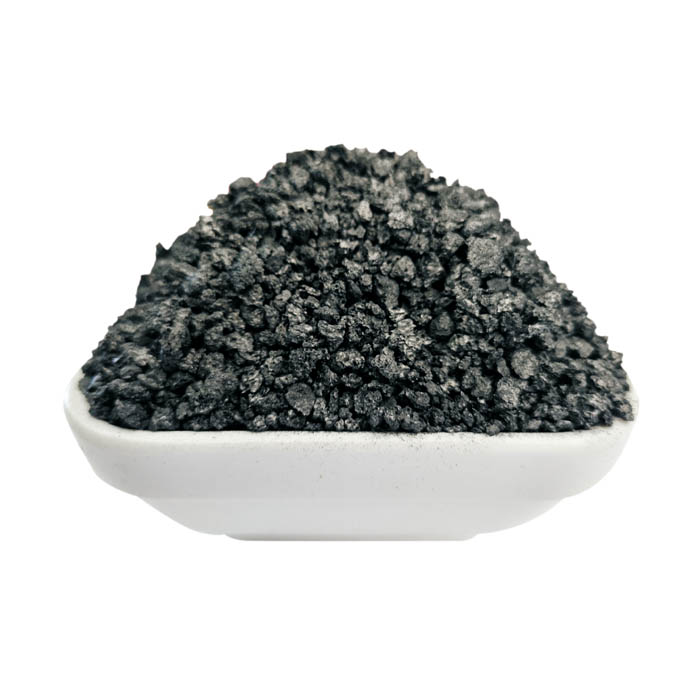Nov . 28, 2024 00:15 Back to list
Exploring the Role of Adsorbents in Column Chromatography Efficiency and Performance
The Role of Adsorbent in Column Chromatography
Column chromatography is a widely used technique in chemistry for separating and purifying compounds based on their different affinities for a stationary phase and a mobile phase. One of the key components that determine the efficiency of this separation process is the adsorbent used within the column. In this article, we will explore the significance of adsorbents in column chromatography, their types, and how their properties affect the separation process.
What is an Adsorbent?
An adsorbent is a material that provides a surface for the adsorption process, where molecules from the mobile phase adhere to the surface of the stationary phase. In column chromatography, the adsorbent typically takes the form of granular material that is packed into a vertical column. The choice of adsorbent can significantly influence the resolution, retention time, and overall efficiency of the separation.
Types of Adsorbents
There are several types of adsorbents used in column chromatography, each suited for specific applications
1. Silica Gel One of the most common adsorbents, silica gel is a polar material that is used for normal-phase chromatography. Its high surface area and pore structure allow it to interact effectively with polar compounds, making it suitable for separating a wide range of organic molecules.
2. Alumina Another widely used adsorbent, alumina is also effective in normal-phase separations. It offers a different polarity compared to silica, providing an alternative that can be advantageous for certain compounds.
3. Polymer-based Adsorbents These are non-polar adsorbents used primarily in reverse-phase chromatography. They interact with less polar compounds and allow for improved separation of non-polar analytes, especially in complex mixtures.
adsorbent in column chromatography

Importance of Adsorbent Properties
The properties of the adsorbent, including its particle size, surface area, and pore volume, play a crucial role in determining the efficiency of the chromatography process.
- Particle Size Smaller particle sizes usually lead to higher resolution separations due to increased surface area, which allows for more interaction between the stationary and mobile phases. However, using smaller particles can also create higher backpressure in the column, potentially complicating the chromatography setup.
- Surface Area The greater the surface area of the adsorbent, the more sites are available for adsorption. Adsorbents with larger surface areas can improve the retention of compounds, allowing better separation of closely related species.
- Pore Volume The pore volume of an adsorbent affects the accessibility of the adsorbent to the molecules in the mobile phase. A balance must be struck between having enough pore volume to allow for efficient interaction, without overwhelming the system with large voids that reduce separation efficiency.
Impact on Separation Mechanism
The choice of adsorbent directly influences the mechanism of separation in column chromatography. For instance, in normal-phase chromatography with polar adsorbents like silica gel, polar compounds will be retained longer than non-polar ones because they interact more strongly with the adsorbent. Conversely, in reverse-phase chromatography with non-polar adsorbents, non-polar compounds are retained longer, altering the separation profile.
Moreover, the interactions between the molecules and the adsorbent—whether they are hydrophobic, polar, or ionic—can be finely tuned through the selection of appropriate solvents in the mobile phase. This versatility allows chemists to optimize conditions for specific separations.
Conclusion
In conclusion, the adsorbent in column chromatography is a critical element that affects the separation efficiency, resolution, and overall success of the separation process. The selection of an appropriate adsorbent should be based on the nature of the compounds being separated and the desired outcome. As advancements in materials science continue to produce a wider array of adsorbents, column chromatography will remain an indispensable tool in chemical analysis and purification. Understanding the role of adsorbents enhances the ability to design effective chromatographic methods tailored to specific applications.
-
Fe-C Composite Pellets for BOF: Enhance Steelmaking Efficiency
NewsAug.07,2025
-
Eco-Friendly Granule Covering Agent | Dust & Caking Control
NewsAug.06,2025
-
Fe-C Composite Pellets for BOF: High-Efficiency & Cost-Saving
NewsAug.05,2025
-
Premium Tundish Covering Agents Exporters | High Purity
NewsAug.04,2025
-
Fe-C Composite Pellets for BOF | Efficient & Economical
NewsAug.03,2025
-
Top Tundish Covering Agent Exporters | Premium Quality Solutions
NewsAug.02,2025
